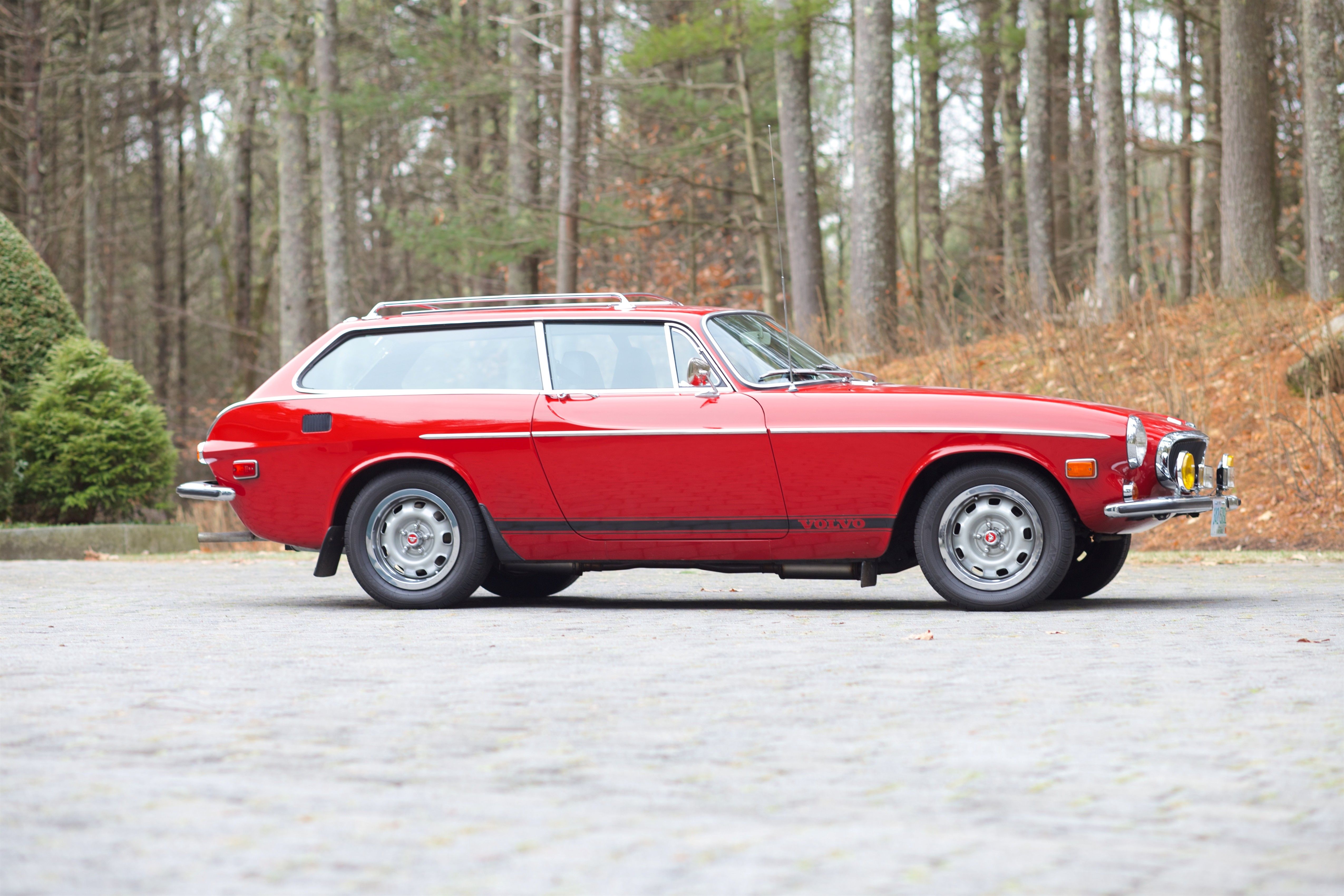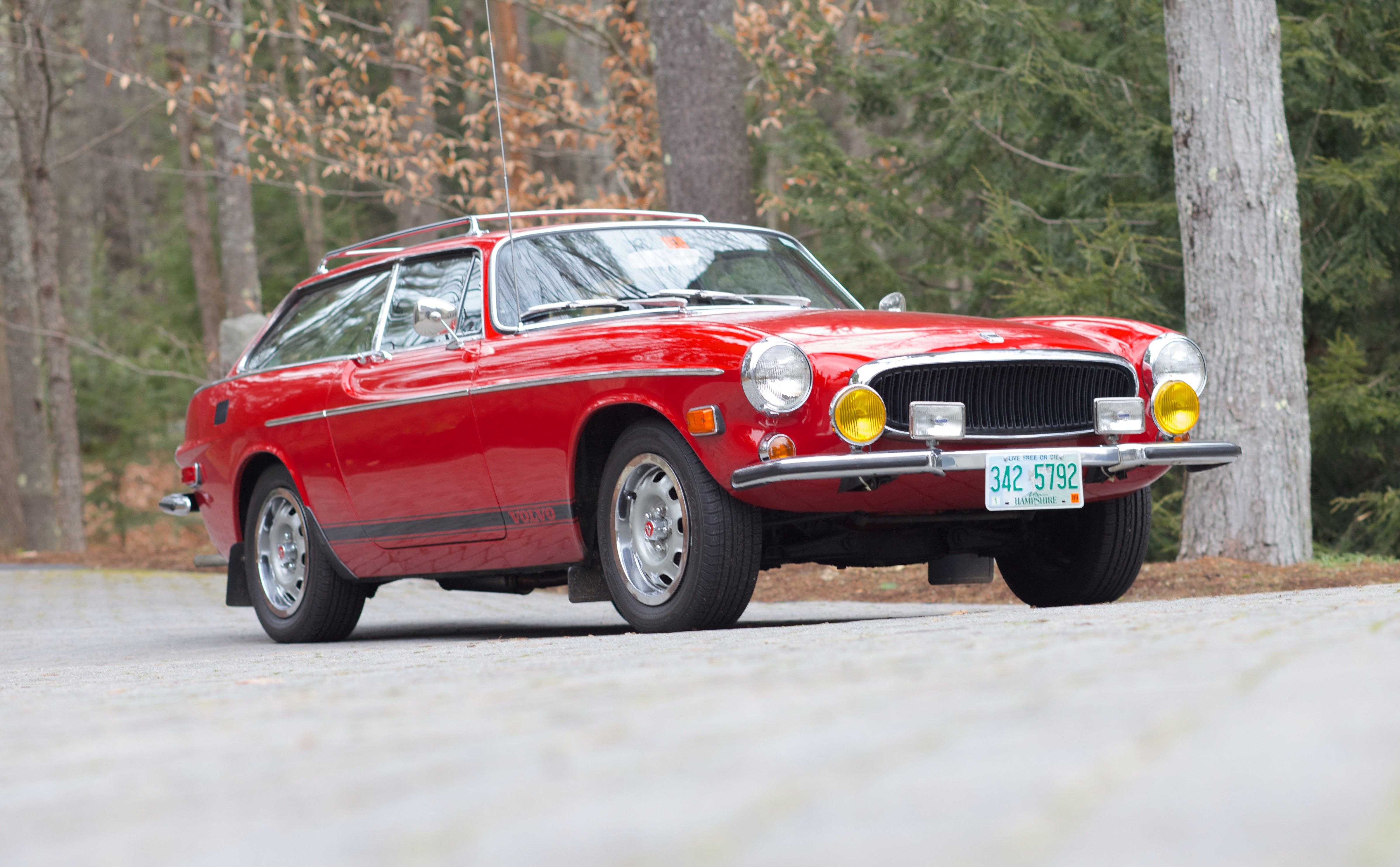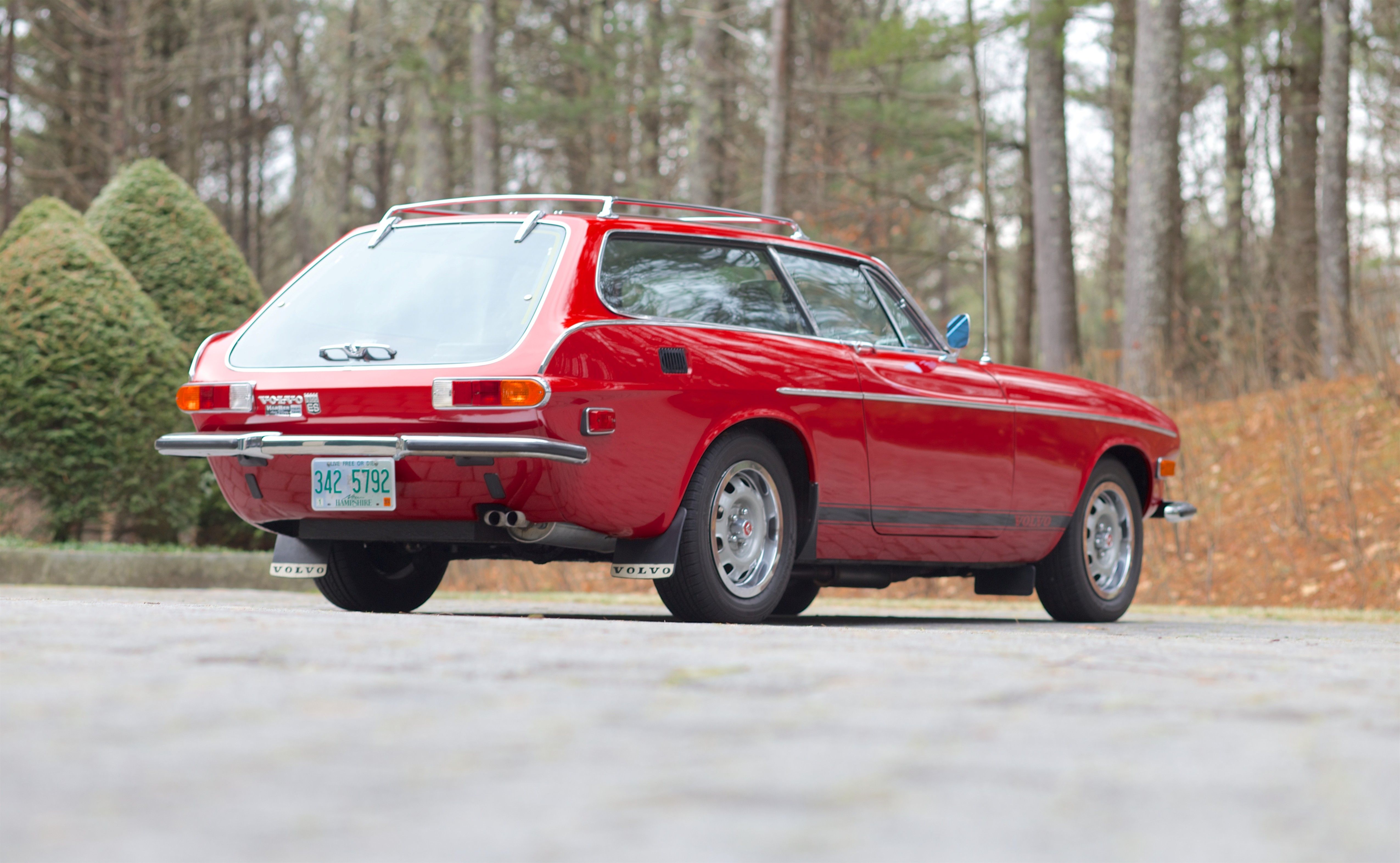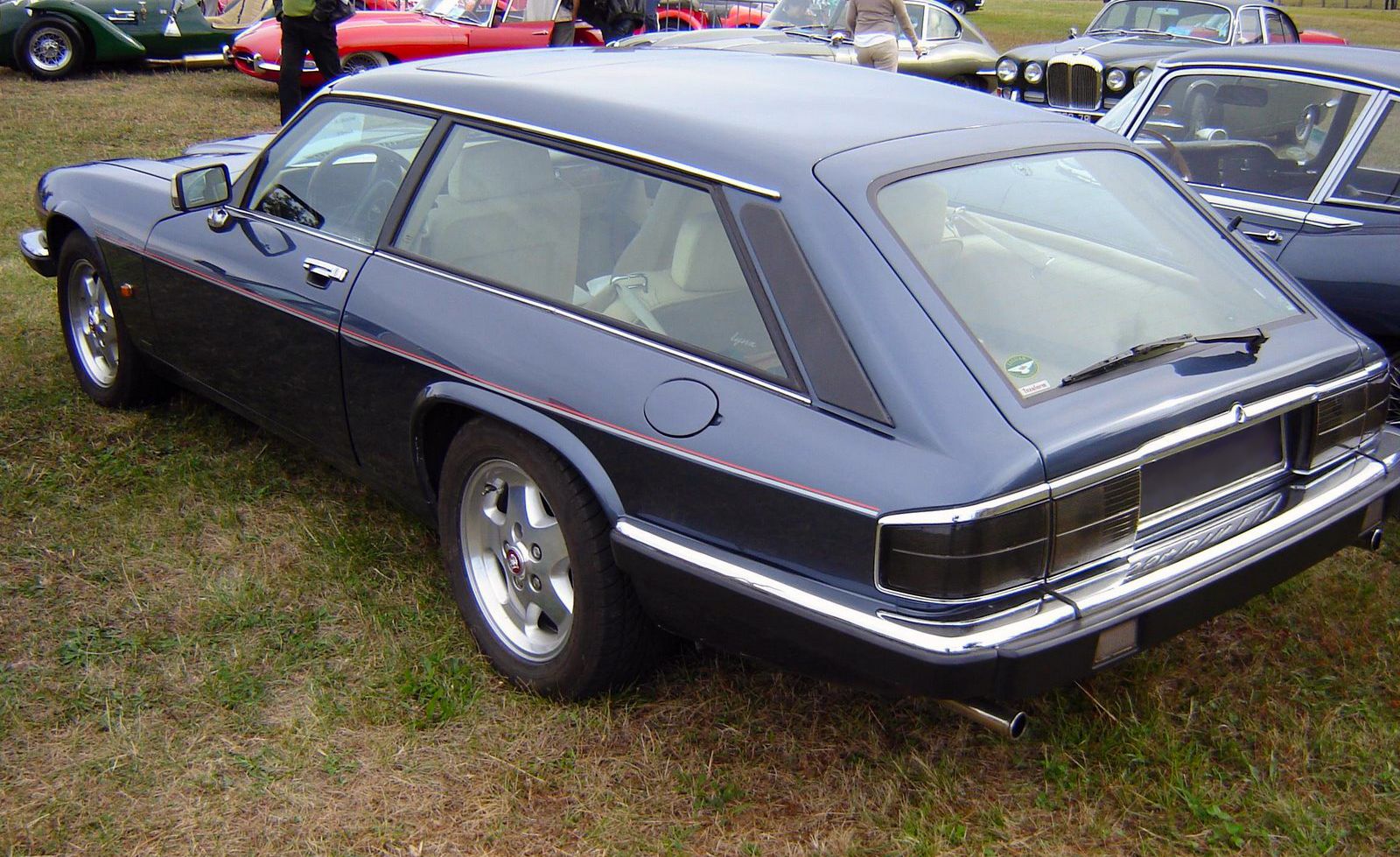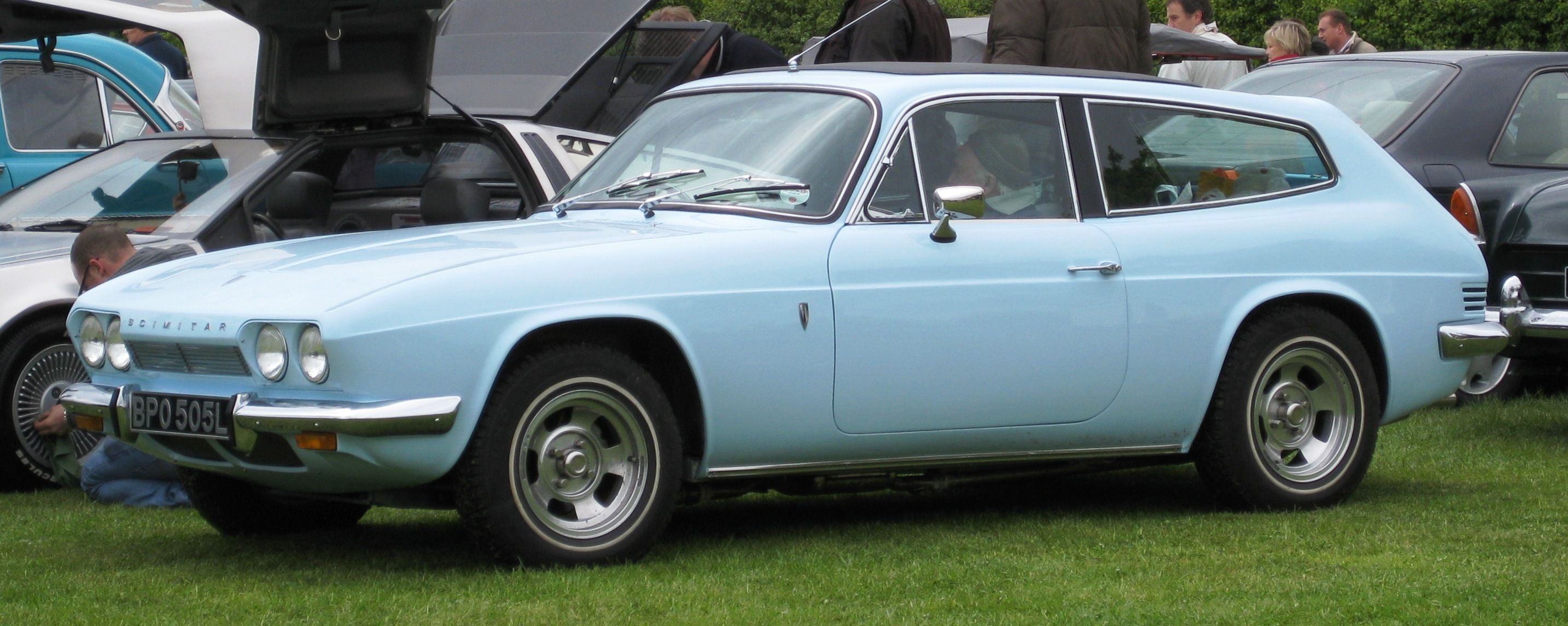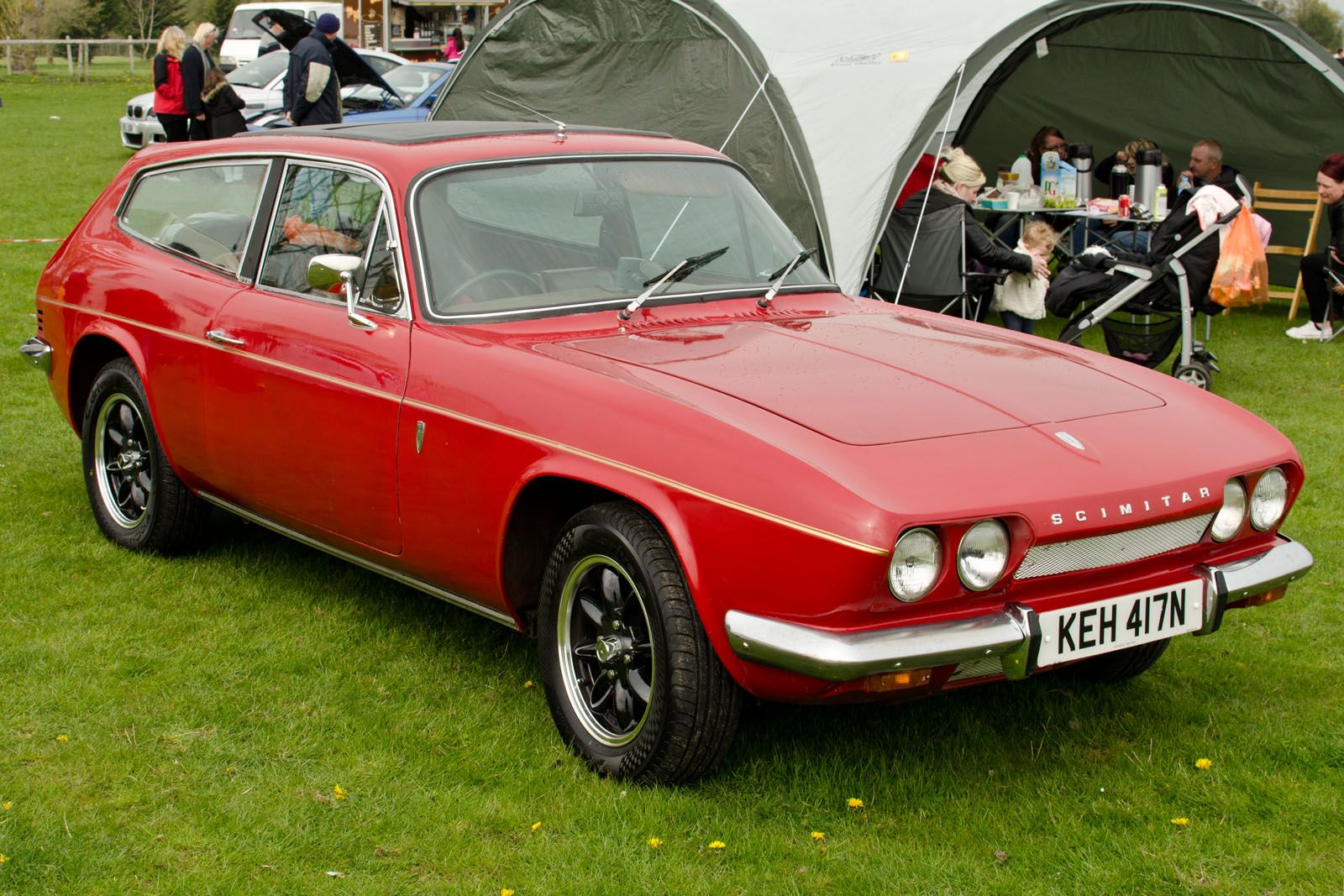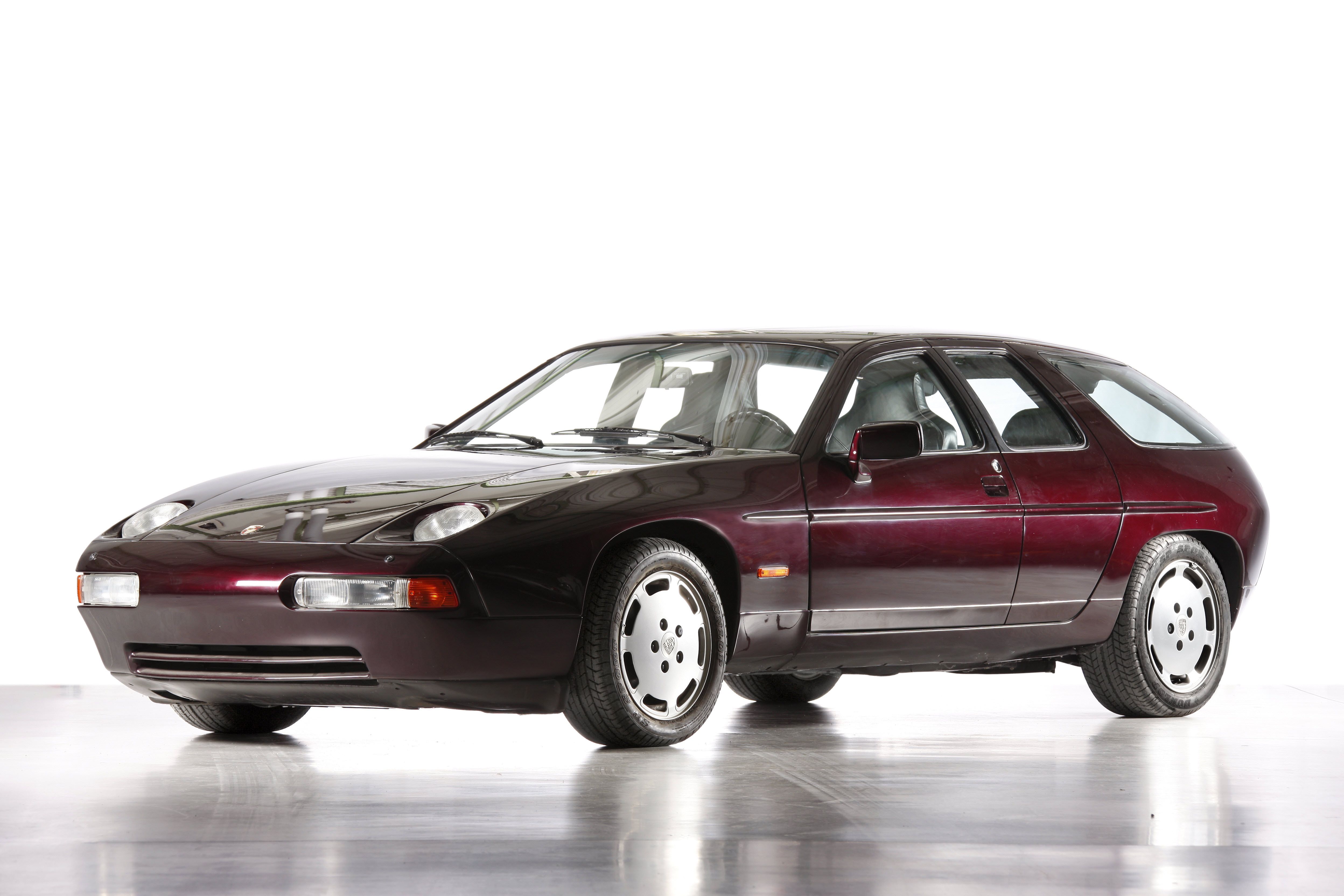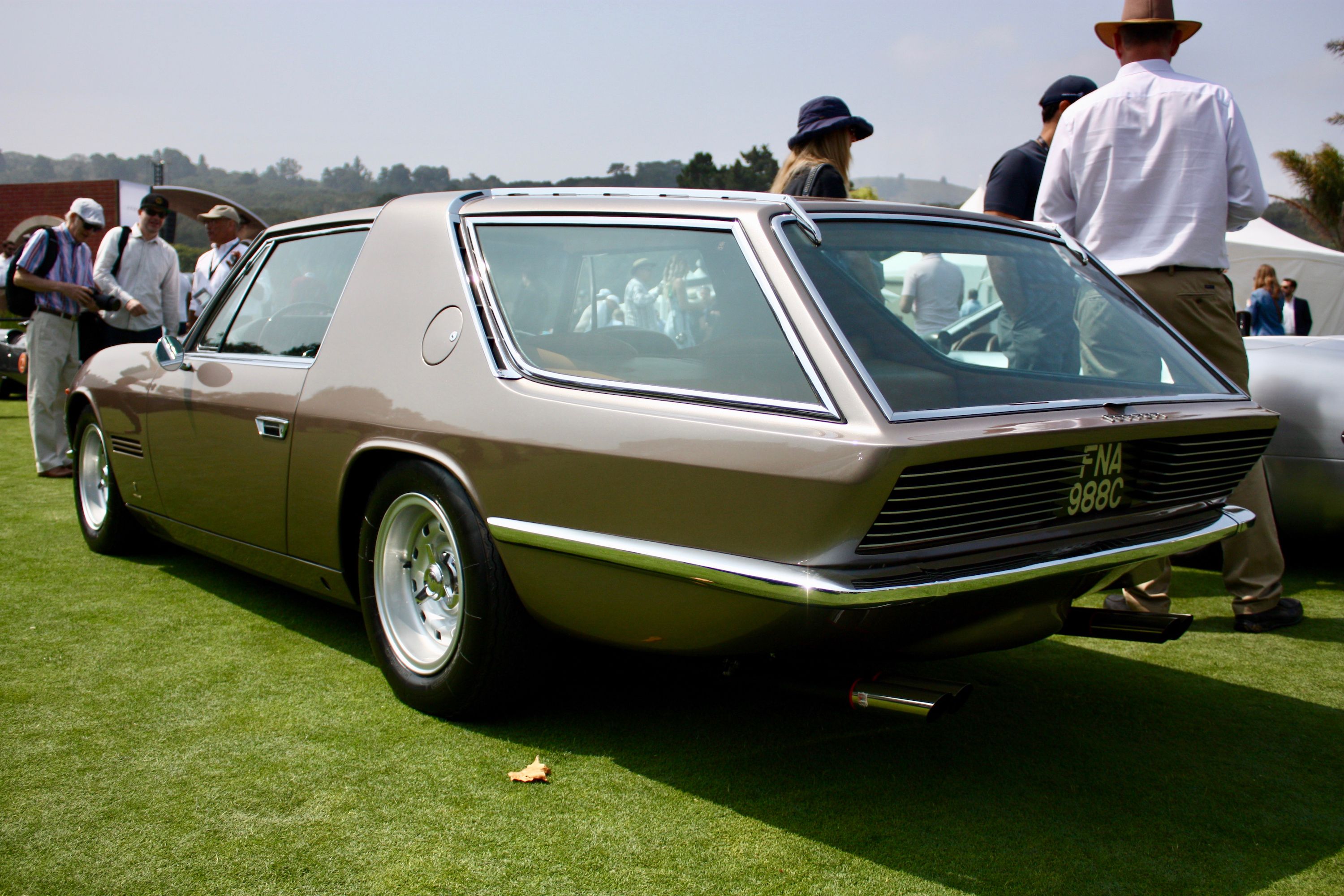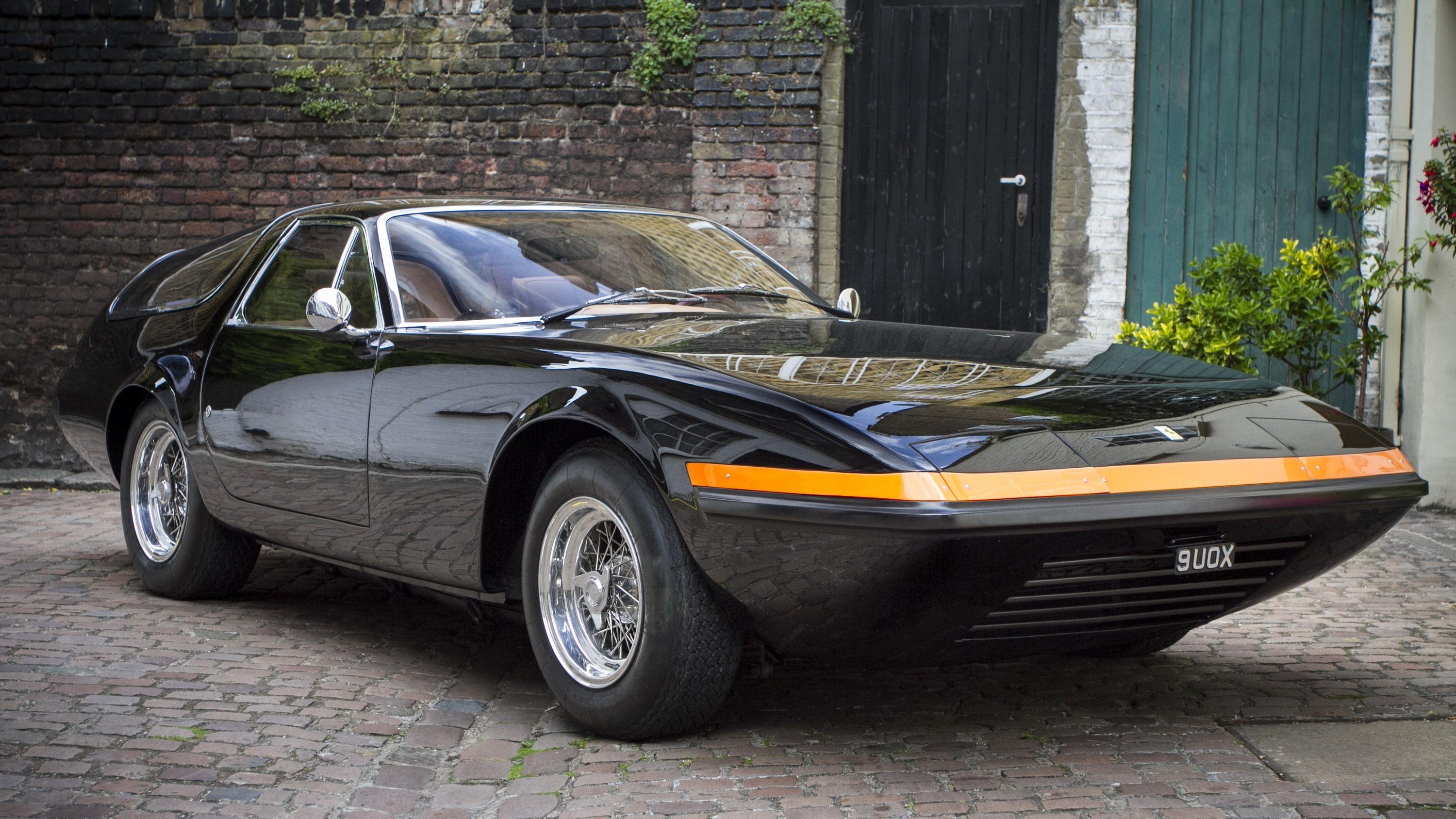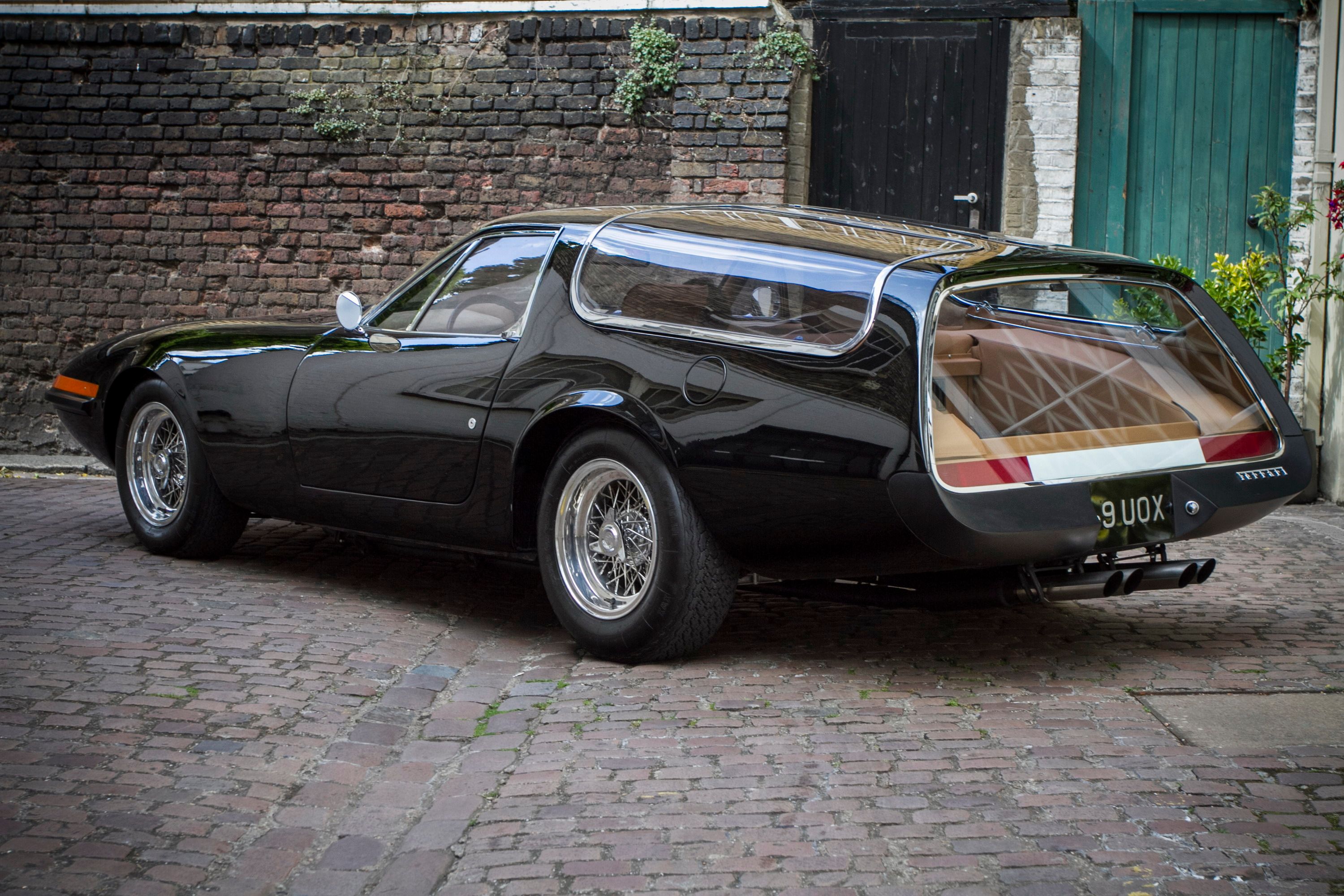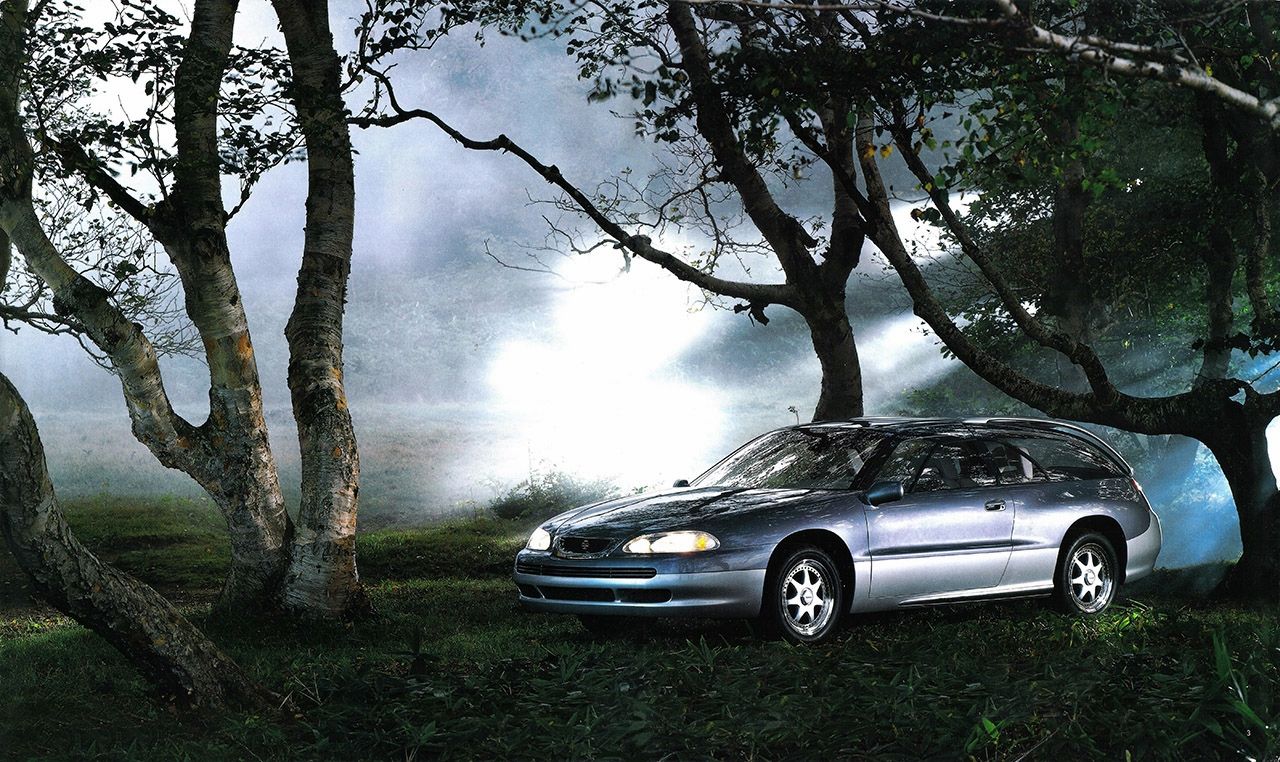Nowadays, the shooting brake body style is often associated with performance. Think of it this way – if a station wagon/estate is a more practical version of a sedan, the shooting brake is basically a more practical coupe. The initial purpose of the shooting brake was to transport hunting parties and their equipment, but over time it graduated into what can be described as a sports car/ station wagon hybrid. Many carmakers and coachbuilders started experimenting with the philosophy and these rare shooting brake versions of iconic sports cars attest to that.
Volvo P1800ES (1972)
The Volvo P1800 is known as a stylish Swedish two-door coupe with exceptional reliability. In fact, in 2018, Irv Gordon – a proud owner of a 1966 P1800 - clocked it at 3,250,257 miles (5,230,782 km), which is an official Guinness World Record. The P1800 was produced from 1961 to 1973, but it was in 1972 Volvo decided to experiment with the body style. Enter the P1800ES – a sleek two-door station wagon.
Two designs were proposed. Pietro Frua’s concept, Raketen (Rocket), won over Sergio Coggiola’s and was chosen for production. A total of 47,484 Volvo P1800 were produced, of which 8,077 were the “sports estate”.
Jaguar XJS Lynx Eventer
Officially, there wasn’t a Jaguar XJS Shooting brake.
Reliant Scimitar GTE
The Reliant Scimitar GTE was one of three body styles of the British sports car – GT (coupe), GTC (convertible), and GTE (estate). The shooting brae was produced in two generations – the SE5 & SE5A (1968-1975) and SE6, SE6A, and SE6B (1975-1986). Credit for the design goes to Tom Karen of Ogle design. The GTE was an in-house project, which meant it was part of the brand’s official model lineup. Pre-1980 models used the Ford Essex 3.0-liter V-6, which produced 135 horsepower and allowed for a 0 to 60 mph (97 km/h) in 8.5 seconds and a top speed of 121 mph (195 km/h). A total of 9,416 Scimitars were made by 1980.
Ford Mustang Country Squire GT
Here’s an interesting one. The original Ford Mustang is a car that doesn’t need an introduction. What you may not know is that even back in the 1960s, a couple of coachbuilders and engineers player around with it. Some of the known results were a Mustang Ute called the Ranchero, an all-wheel-drive version, built in the UK, and this – a highly exclusive shooting brake version, known as the Mustang Country Squire GT.
As with the other two, this wasn’t an official Ford product. Three of these Mustang shooting brakes were made. It is believed that the conversions were made in the Netherlands. Moreover, there is a myth circulating around one of them being ordered by Prince Bernhard of the Netherlands, so he can go hunting – now there’s a man who understands the original idea of the shooting brake. The car features a tailgate with retractable glass and opens like in a pick-up truck.
Porsche 928-4 & 942
These are two different versions, based on the front-engine Porsche 928 gran-tourer. In 1984, Porsche engineers played around with the idea of a 928 that could seat comfortably four average-sized adults. The first attempt was called the 943 “Viersitzer” (four-seater). The car featured 10 inches (25 cm) longer wheelbase, for increased rear legroom and a long roofline, which made for more generous amounts of headroom.
Ferrari 330 2+2 Shooting brake
The 1963-1968 Ferrari 330 had a couple of different versions, among which the 330 America, 330 GT 2+2, GTC, and GTS. Regardless of the modification, the 330 was always a front-engine V-12 gran tourer. In 1967, Ferrari importer Luigi Chinetti decided to do a one-off conversion. The donor car was a 1965 Ferrari 330 GT 2+2 with a chassis number 07963. The design was influenced by renowned illustrator Bob Peak, but the actual shooting brake conversion was executed by non-other than Carrozzeria Vignale.
The Ferrari 330 2+2 Shooting brake was initially painted in dark green metallic with a gold roof, but was entirely repainted in bronze metallic, in 2017. The car was also received engine number 09269. The car is said to be the last Ferrari, featuring Vignale coachwork. The car eventually sold for $313,000, at RM Sotheby’s 2018 Peterson Automotive Museum auction.
Read our full review on the Ferrari 330 2+2 Shooting brake
Ferrari 365 GTB/4 Shooting Brake
Luigi Chinetti did not stop there. After the 330 shooting brake conversion, he wanted to make an even more striking and unique Ferrari. An opportunity presented itself after the original owner of a 365 GTB wanted to combine Italian sports car performance with the practicality of a small station wagon. This time, the British luxury car manufacturer Panther Westwinds was approached. They built the car according to the parameters set by Chinetti. For the shooting brake to exist, a 365 GTB needed to be chopped up.
In 1975, from the ashes of chassis number 15275, rose what is probably the most unique shooting brake of all time. It featured a rear end comprising almost entirely of the glass tailgate and, on the sides, it had additional glass panels which opened gull-wing style.
Read our full review on the Ferrari 365 GTB/4 Shooting Brake
Honorable mention: Subaru Amadeus
Some of you may be familiar with the 1989 Subaru SVX. It was a quirky-looking coupe with a 3.3-liter flat-six and plenty of high-tech features. Although that became a real car, there was another version of it that wasn’t as lucky. In 1991, Subaru showed us a shooting brake, based on the SVX, called the Amadeus. It used the same underpinnings as the SVX, even down to the 3.3-liter flat-six, with 250 horsepower and 230 pound-feet (312 Nm), mated to a five-speed automatic.
The Amadeus was shown as a two-door and four-door shooting brake and featured a more streamlined design, compared to the SVX. The car, once again, had the quirky “window within a window” design, but the most distinctive feature was the roof rack, which curved down towards the rear, creating a sort of flying buttresses. Unlike the SVX, the Amadeus concept was said to be all-wheel-drive.

